Salima Bartsyts:
1. What was important for you in this project?
It was really important for me to have the opportunity to see and understand from the inside another method, another world-view, way of life, and approaches towards resolving problems and issues. Also important was the chance to immerse myself in an unusual environment and to see the differences.
2. Which part of the project did you like the most and what would you like the project to keep?
The collaborative work with the Swiss students was a highlight for me during this project. It really helps to understand one another and find common answers to different questions. [Added verbally: I also like the idea to have the pupils unaware that they are going to have an unusual lesson. I was impressed how well and quickly they adapted to the new conditions and how productively they worked.] Another positive factor that I would like the project to keep is the opportunity to live with the participants of the project, rather than in hotels. This helps to develop a better sense of daily life and to understand the way of thinking [here].
3. What should be avoided in the future?
Exhaustion, I did not have enough time to socialize outside working hours and get enough rest. I would feel greater enthusiasm to teach if I had more time to rest.
Arsoy Berzenia:
1. What was important for you in this project?
For me a very important thing in this project was the opportunity to go beyond my usual constraints, to think completely differently. I liked the approach and the whole system of education.
2. Which part of the project did you like the most and what would you like the project to keep?
The project should retain our only goal – interacting with pupils by engaging abstract thinking.
3. What should be avoided in the future?
I liked everything in this project.
Aida Adzhba:
1. What was important for you in this project?
For me, the most important thing in this project was the experience of working in the schools and of working with children. Furthermore, for me personally, a major aspect of this project was the experience of working together with Swiss colleagues. It was important to work with a different methodology.
2. Which part of the project did you like the most and what would you like the project to keep?
I think that nothing in the project should be changed. All in all, everything should be left as is. Especially the work in schools!
3. What should be avoided in the future?
Accordingly, I think that there is no need for changes whatsoever. The project has only positive aspects.
Lasha Gabeliia:
1. What was important for you in this project?
Important for me was, of course, the collaboration with our Swiss colleagues. While our approaches to teaching were of course different, we had the same goal, and we were able to find common ground. With time, we will rethink this more concretely [sic].
2. Which part of the project did you like the most and what would you like the project to keep?
I think the project should keep the mutual collaboration, see the answer to the first question.
3. What should be avoided in the future?
If possible, we have to eliminate the language barrier.
Zita Strübi:
1. What was important for you in this project?
I am very grateful that I could participate in this project. In both cities, I was exposed to various moments of cultural exchange which were at times enlightening, frustrating and very complicated. It showed me how different cultures have different approaches to working, which can make working together a challenge. This difference I believe, created a space for discussion and cultural learning.
At the same time however, working together, side by side also revealed many overlapping similarities. It was interesting to see how similar the youth culture of each group was. Both very eager to learn from the other, exchange favourite music, art, celebrities/role models, film, etc.
2. Which part of the project did you like the most and what would you like the project to keep?
For me, the most valuable part of the project was the first week, working together in teams, developing a lesson structure. It is within this setting that we were able to exchange ideas, have didactical discussions, have debate about how a lesson should be structured and examine learning outcomes. This process in the first week was very valuable, and I would have liked to have more time for this aspect. In my opinion, this is exactly where we learn the most and have the chance to learn from each other. I would have really liked to have spent more time learning how the Abkhazian group plans lessons, how do they explore a topic, how they transfer practical skills and implement learning in a creative setting. I found this aspect for the exchange did not receive the time it should have.
3. What should be avoided in the future?
For the next round of the project, I would recommend that the implementation of the double lesson be reduced. I don’t believe that we spent enough time after each lesson getting feedback from the professors (Swiss and Abkhazian) to justify spending 6 double lessons teaching. The main aims of the project I believe, are revealed the preparation for these classes and the discourse which it creates. While I believe that we should watch how classes are taught in the first week (hospitieren), teaching perhaps only 2 double lessons would have been sufficient.
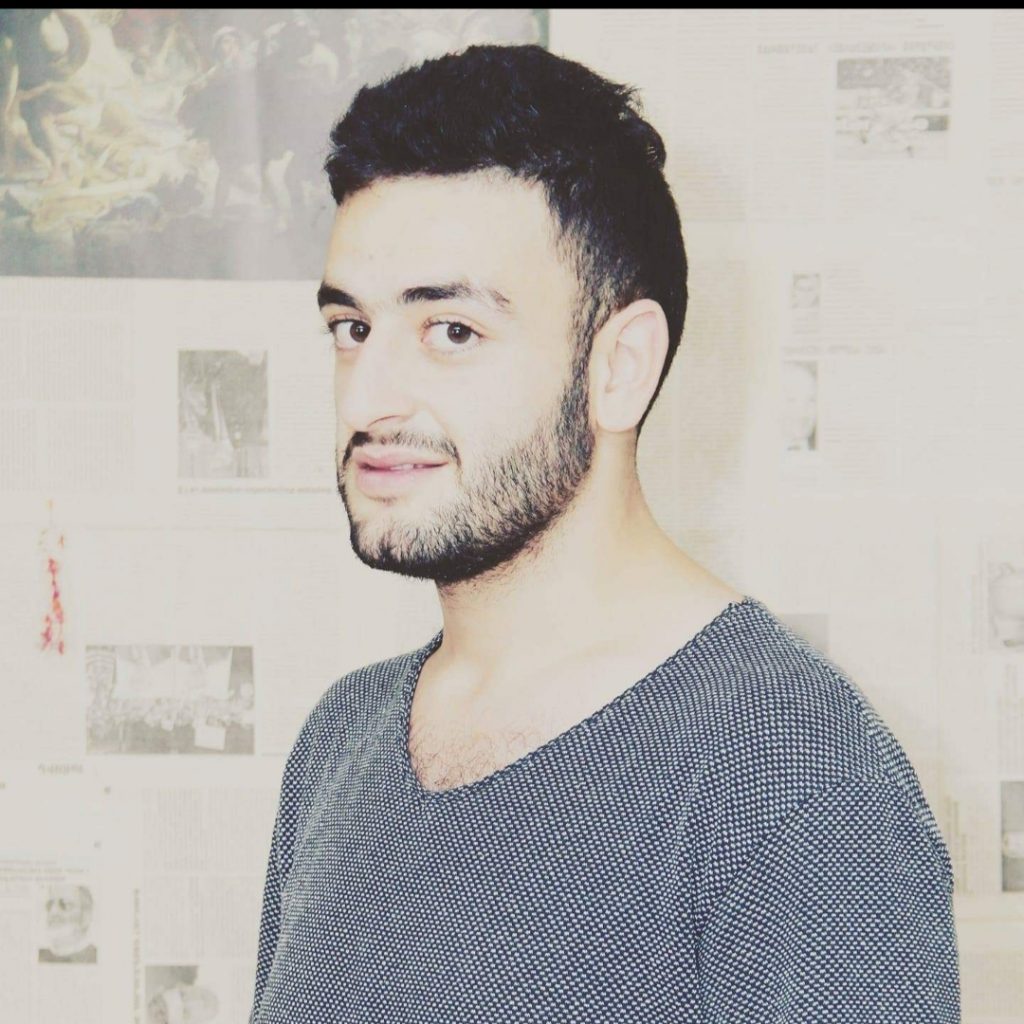
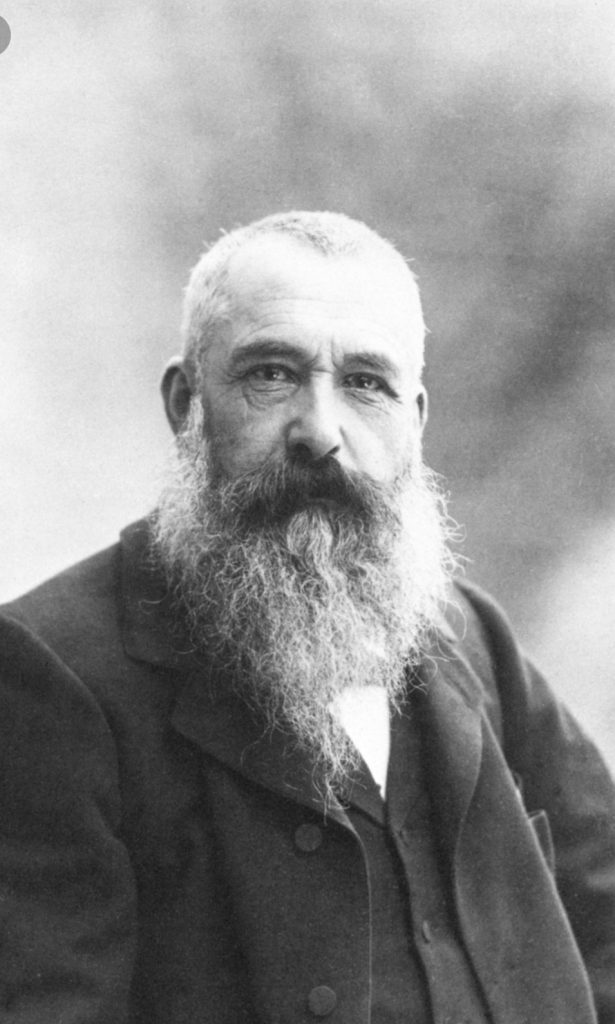
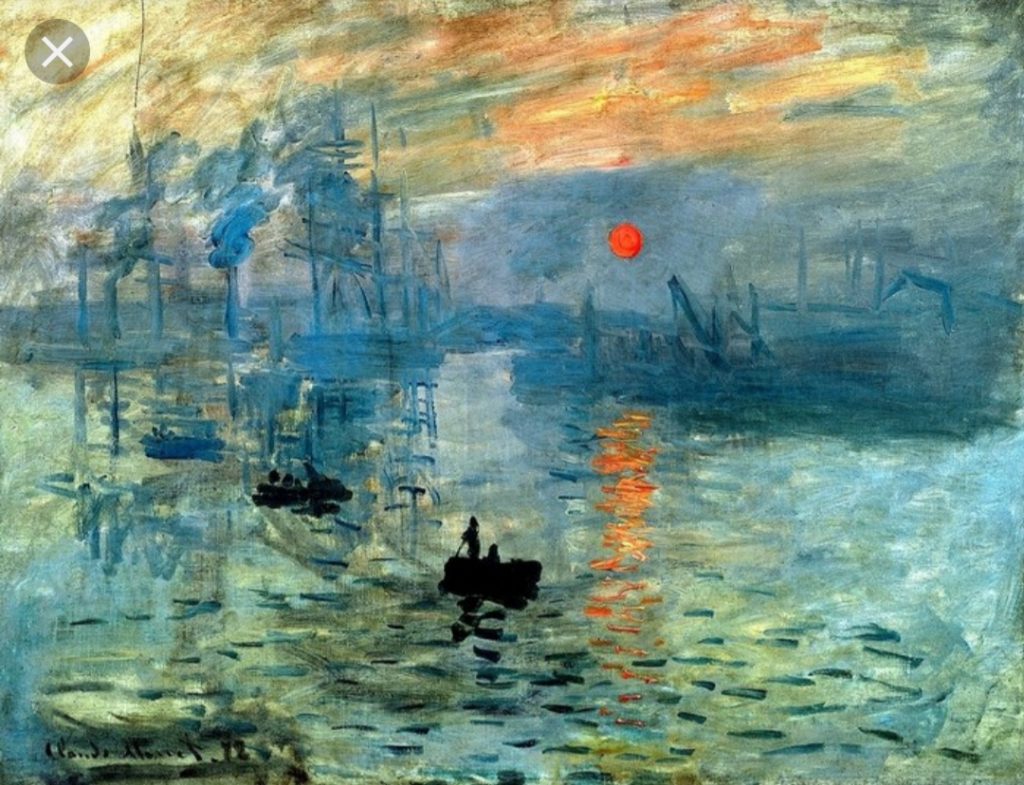
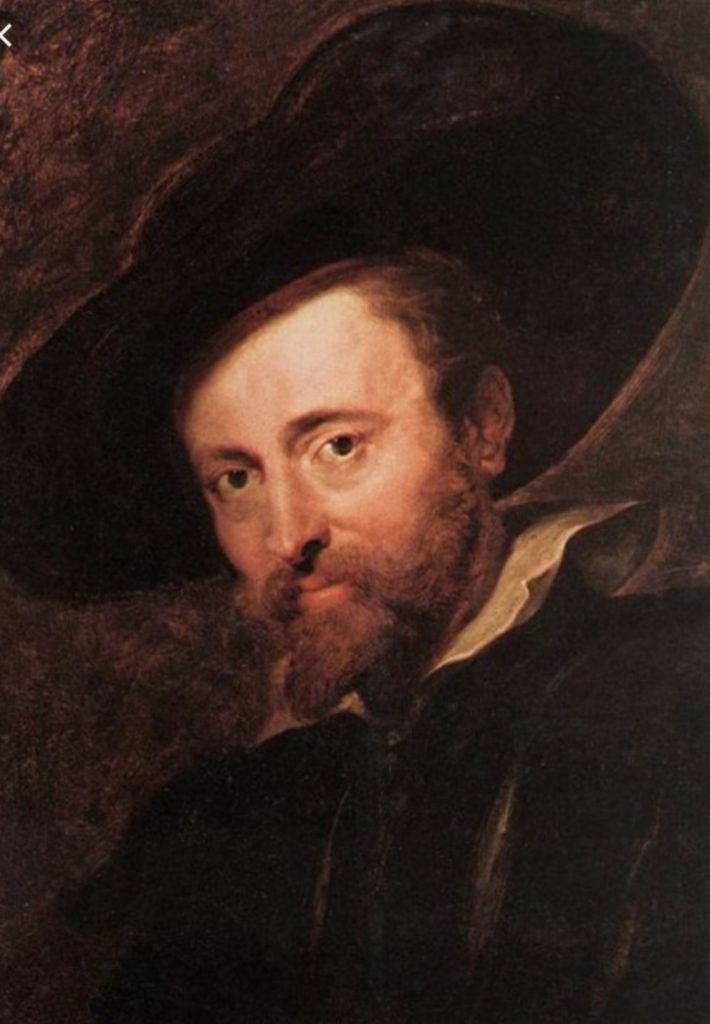
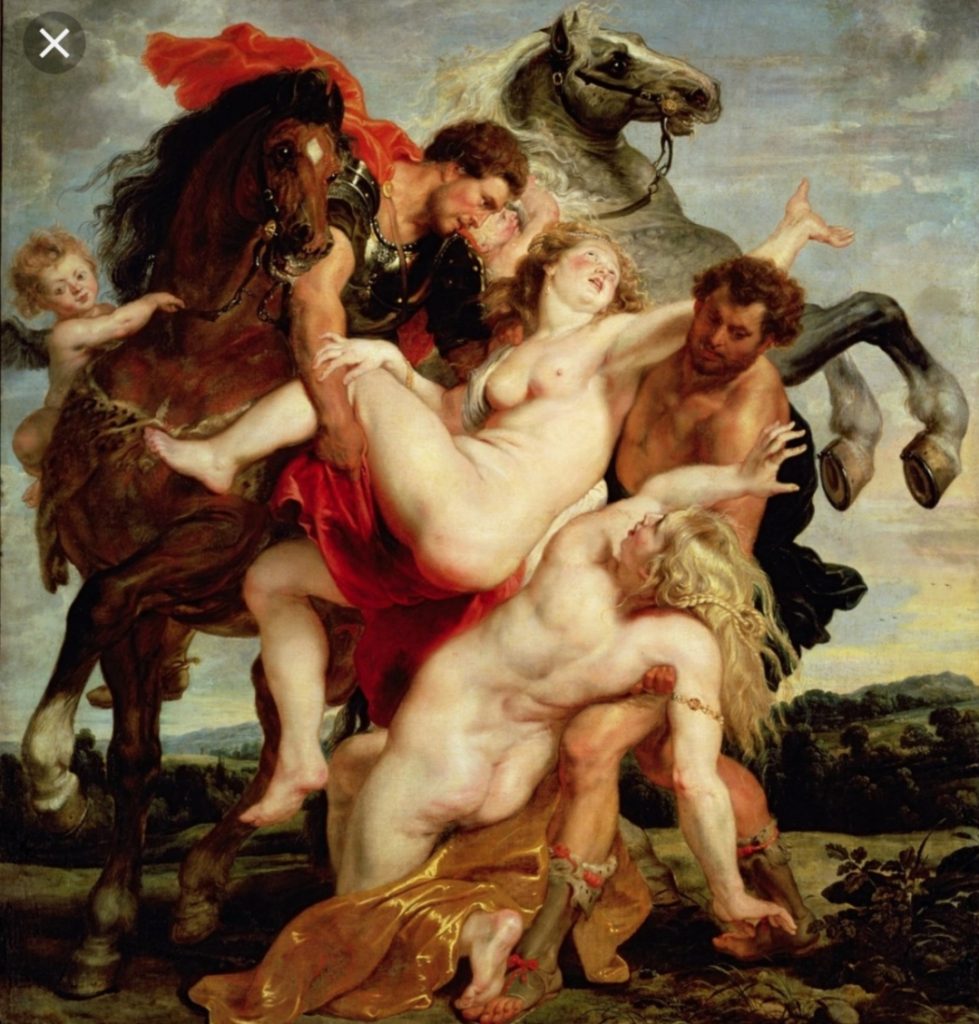
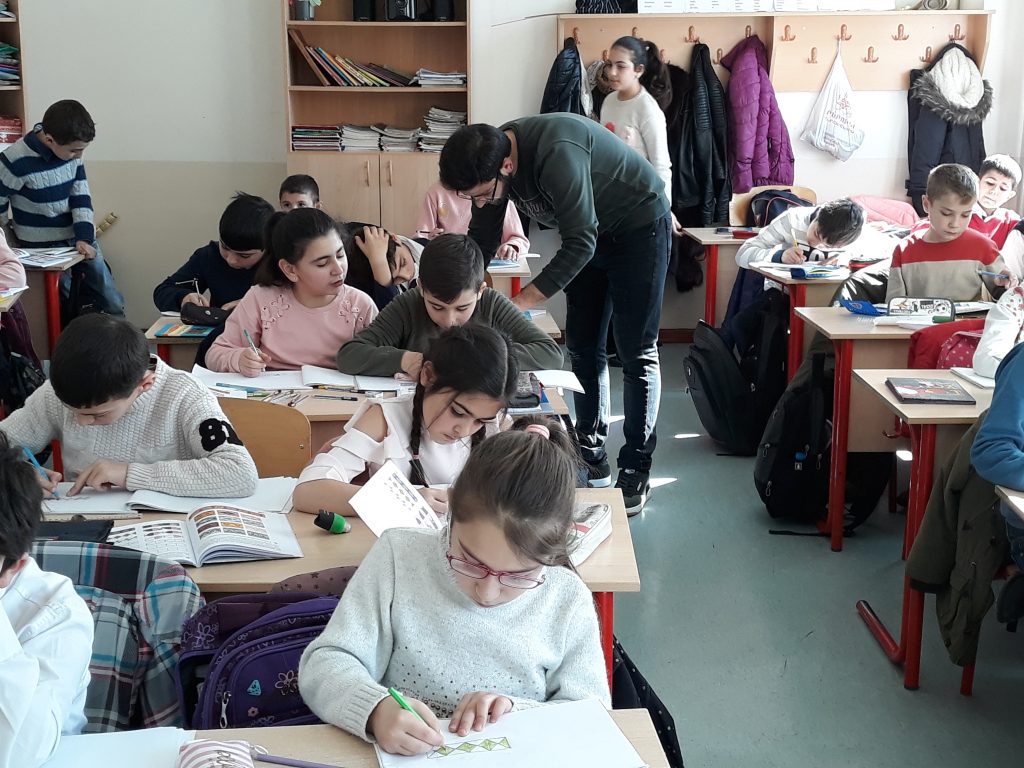
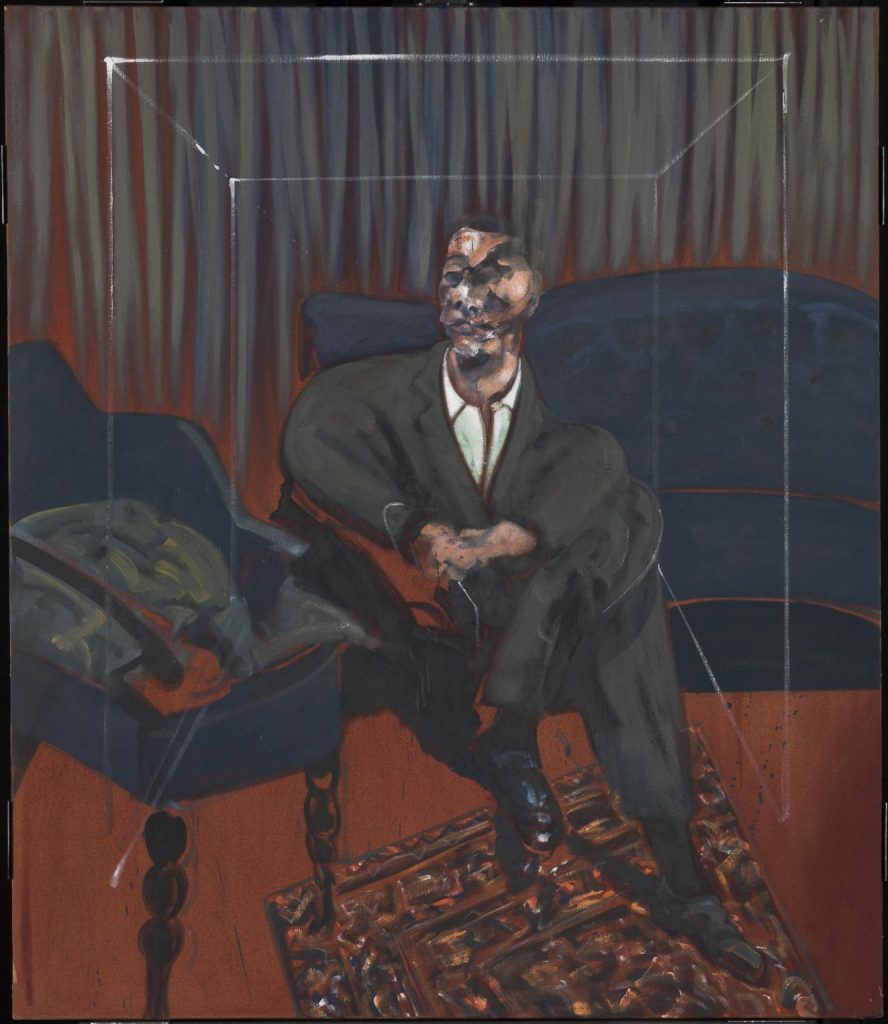
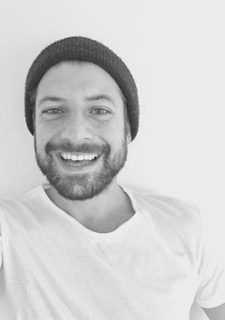
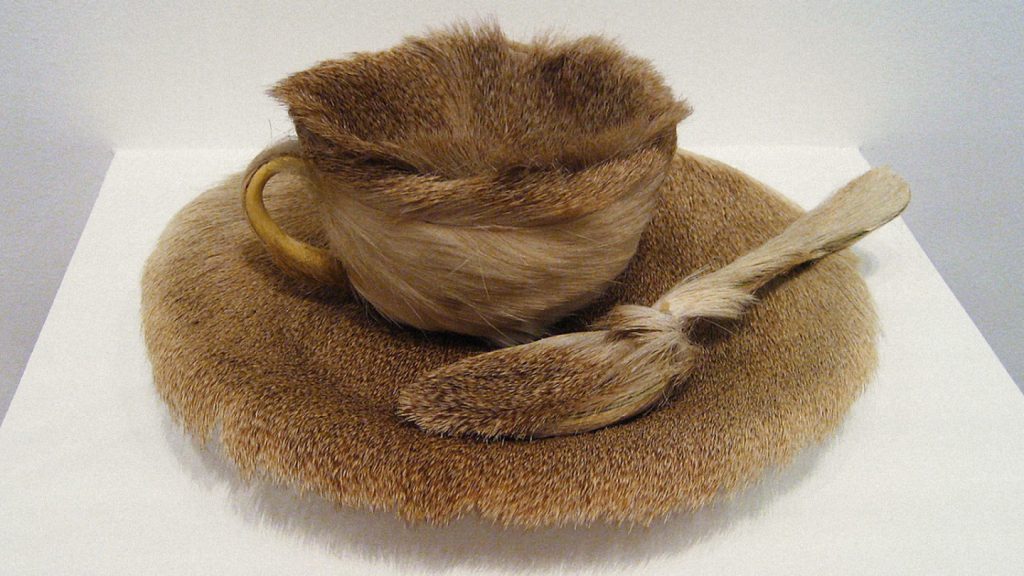
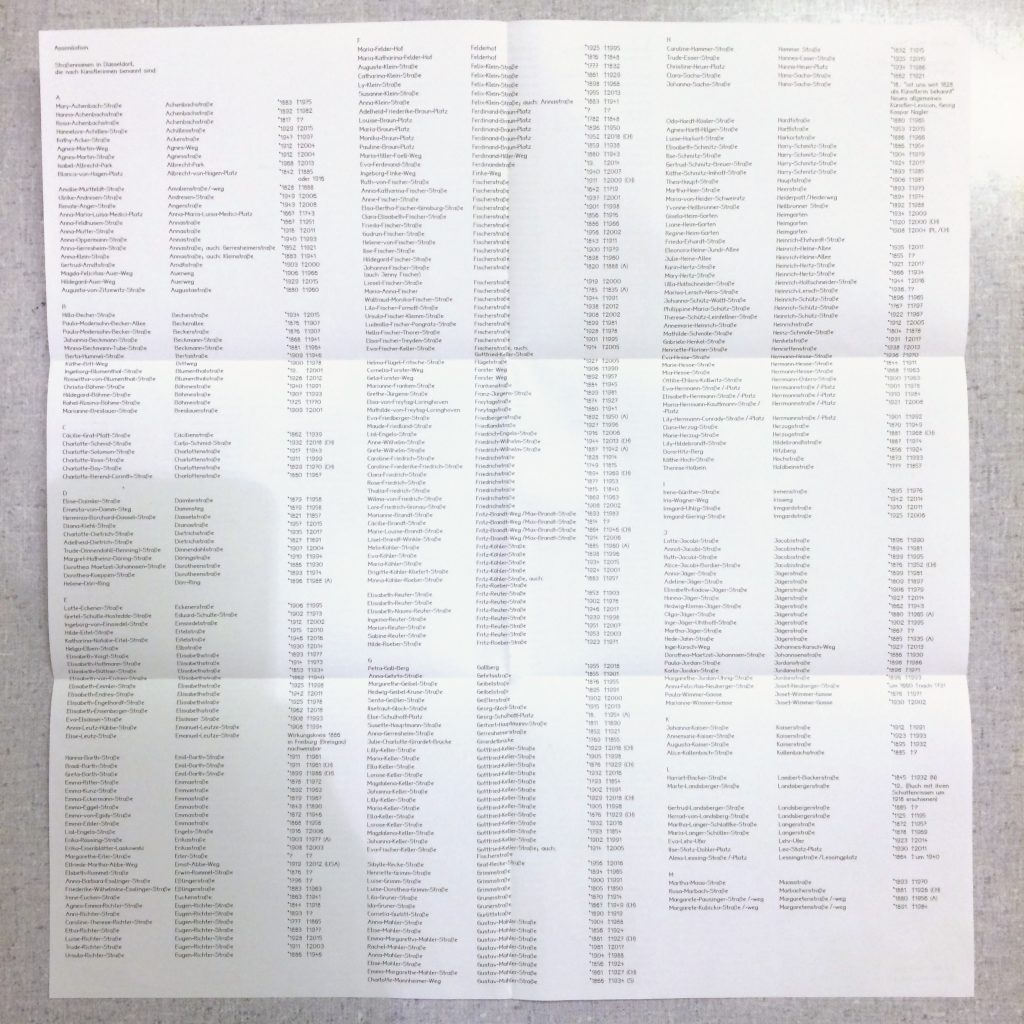
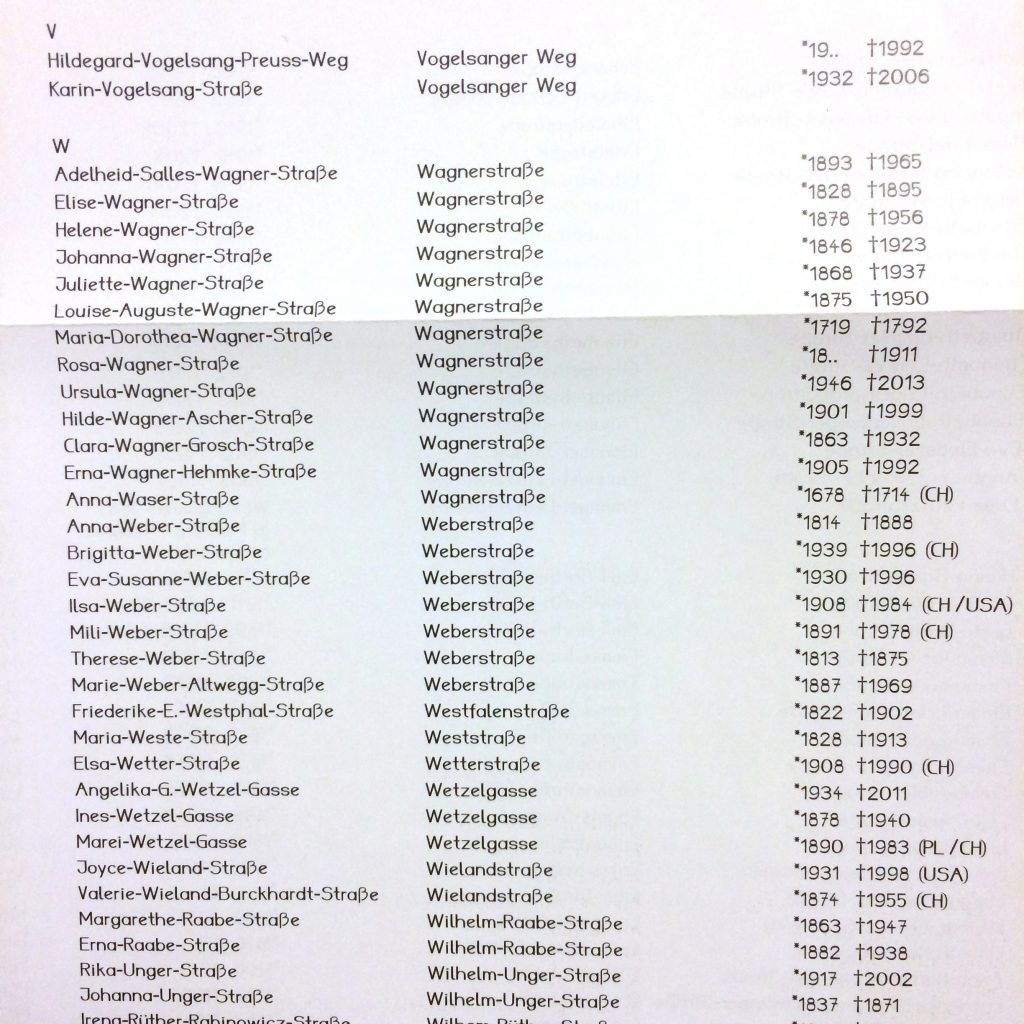
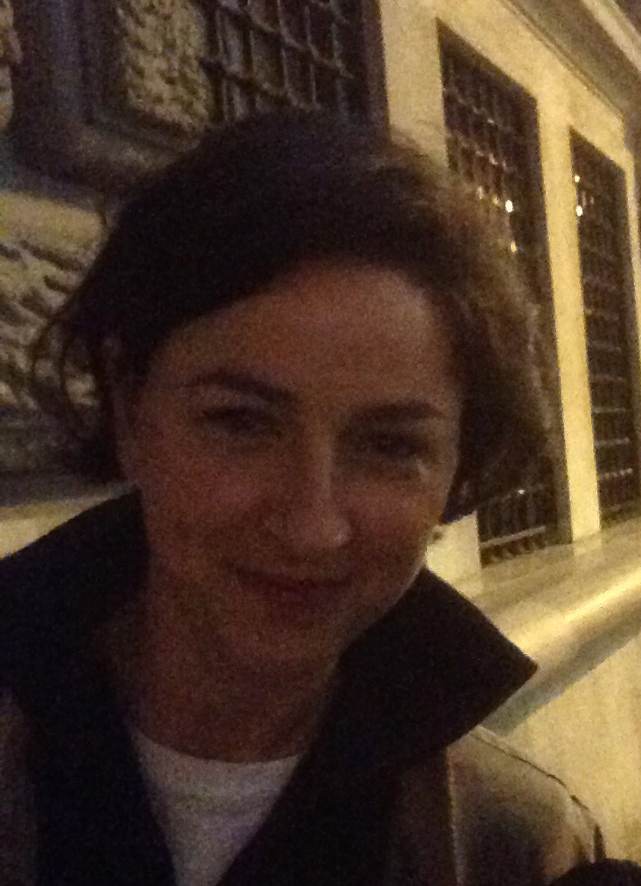
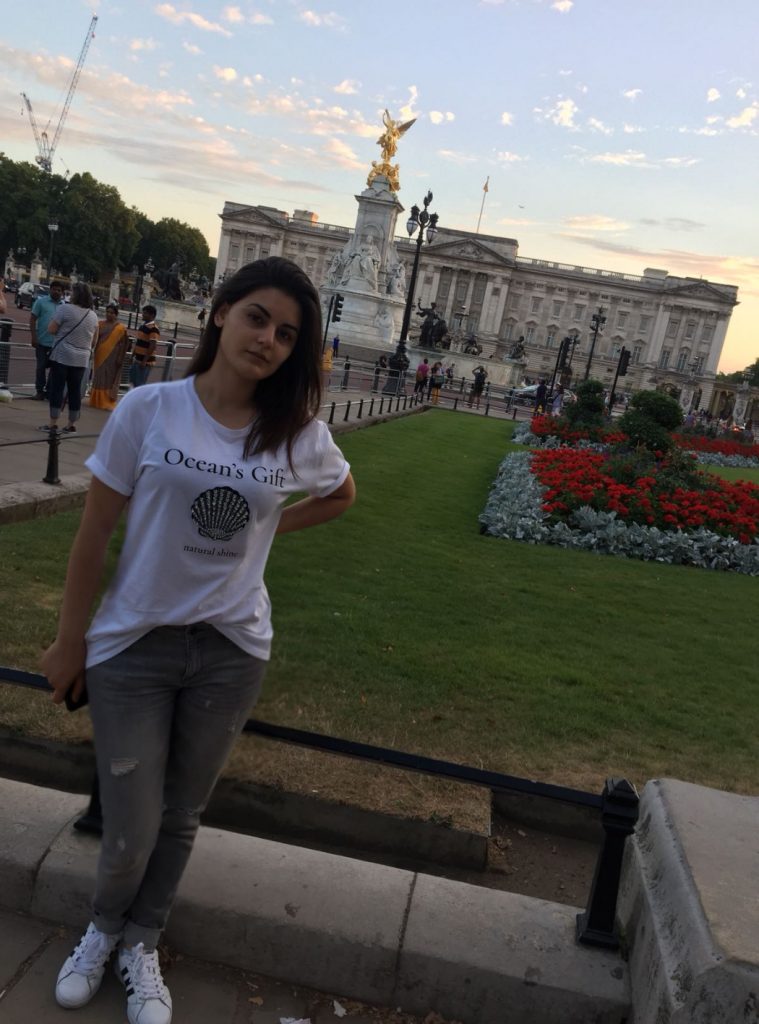
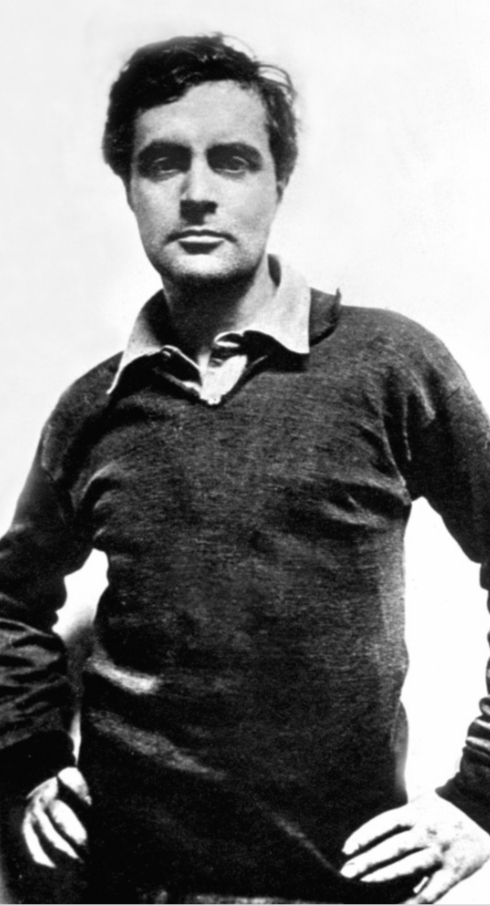
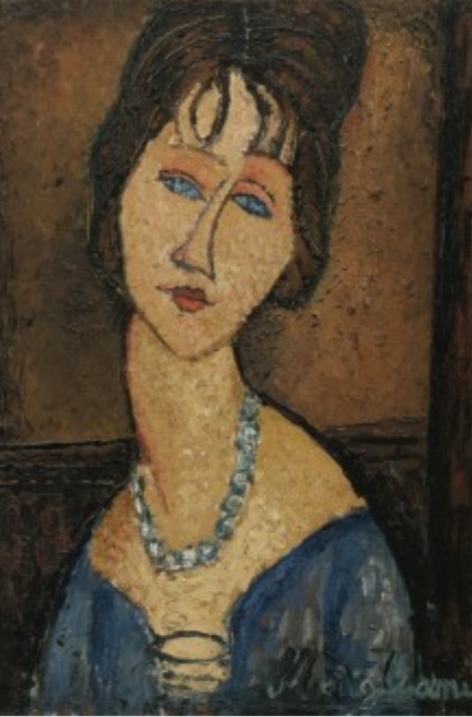
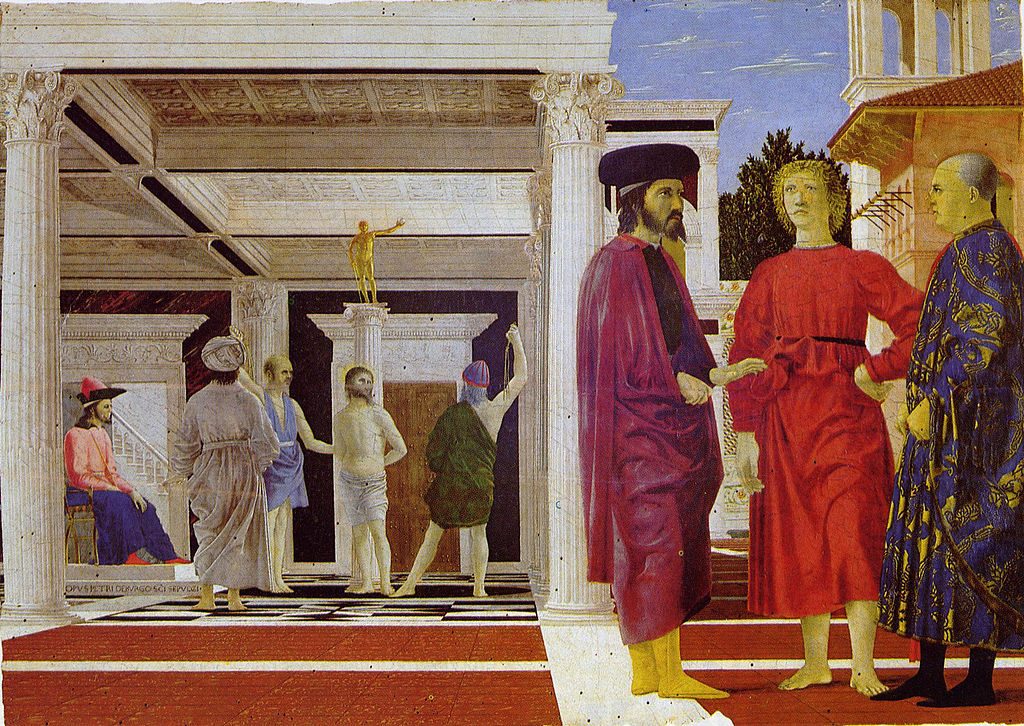
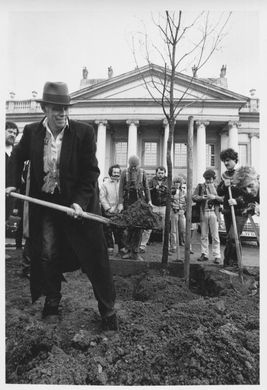
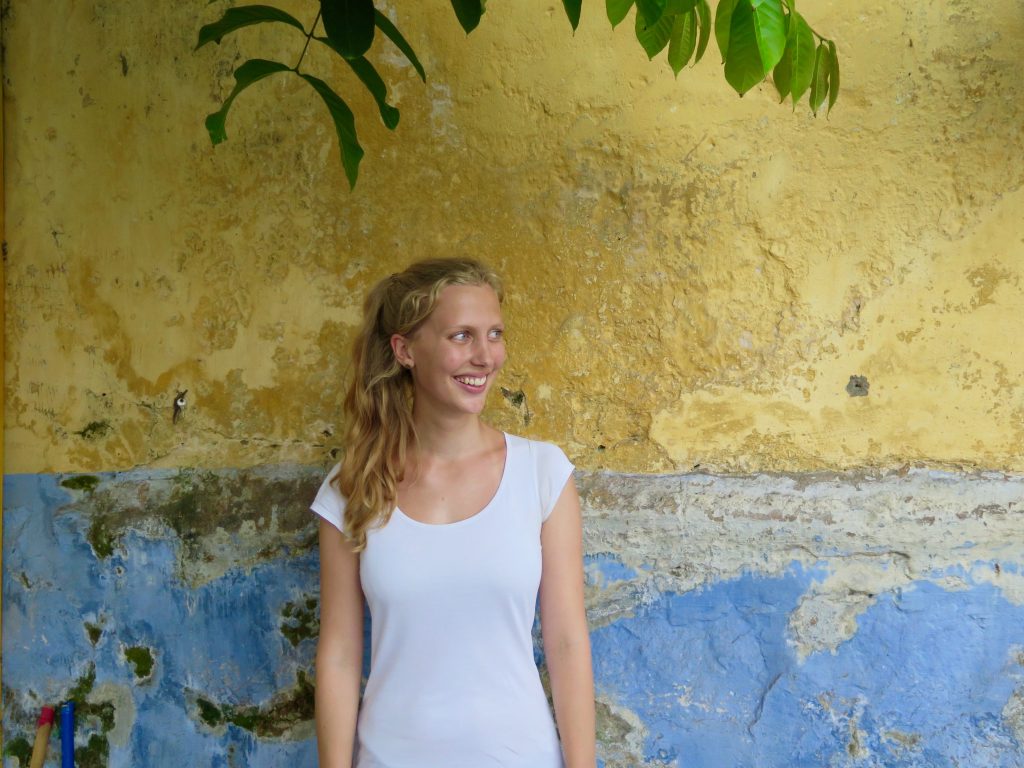
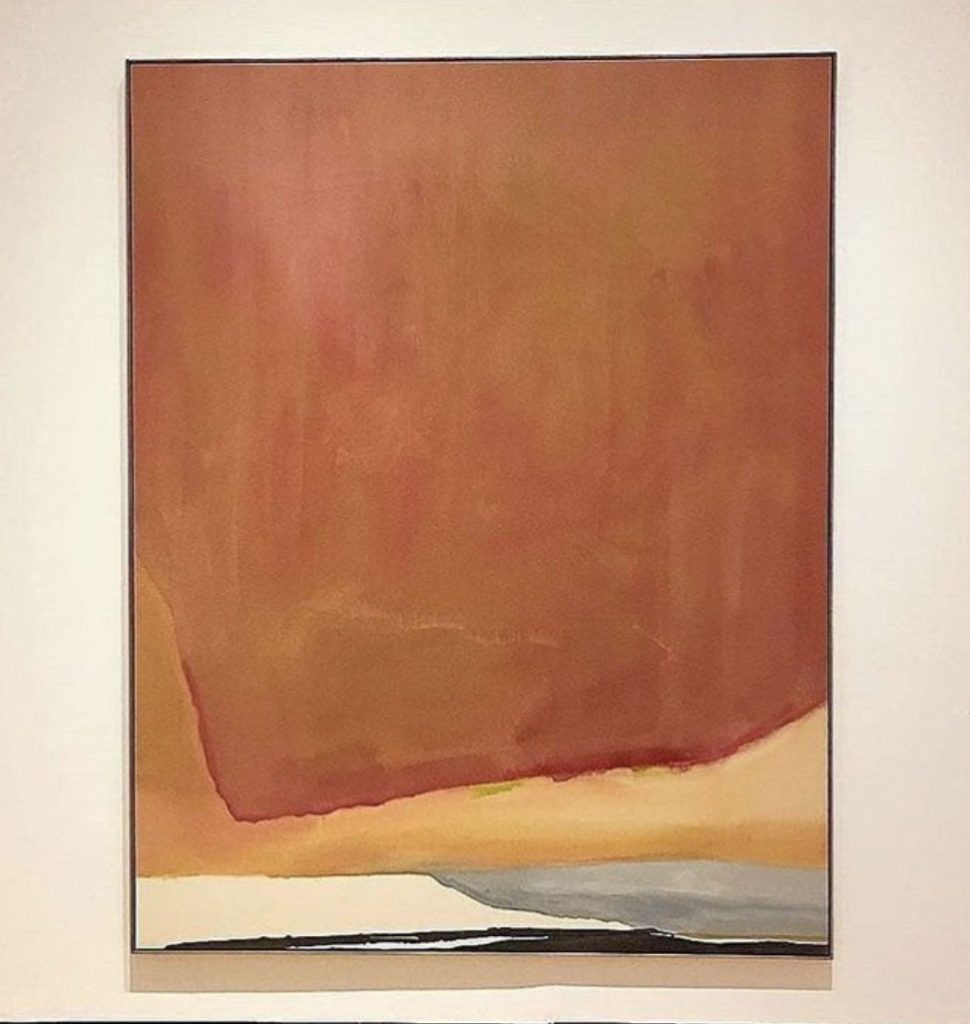
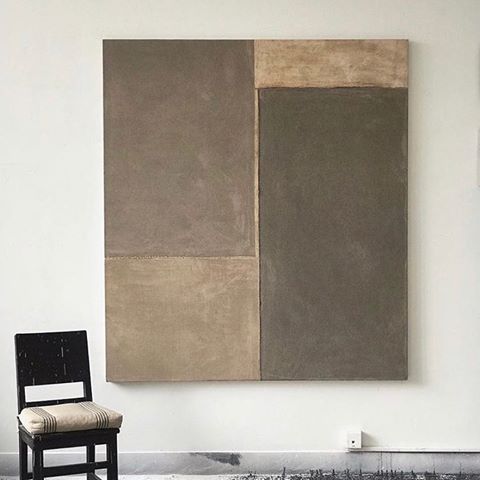
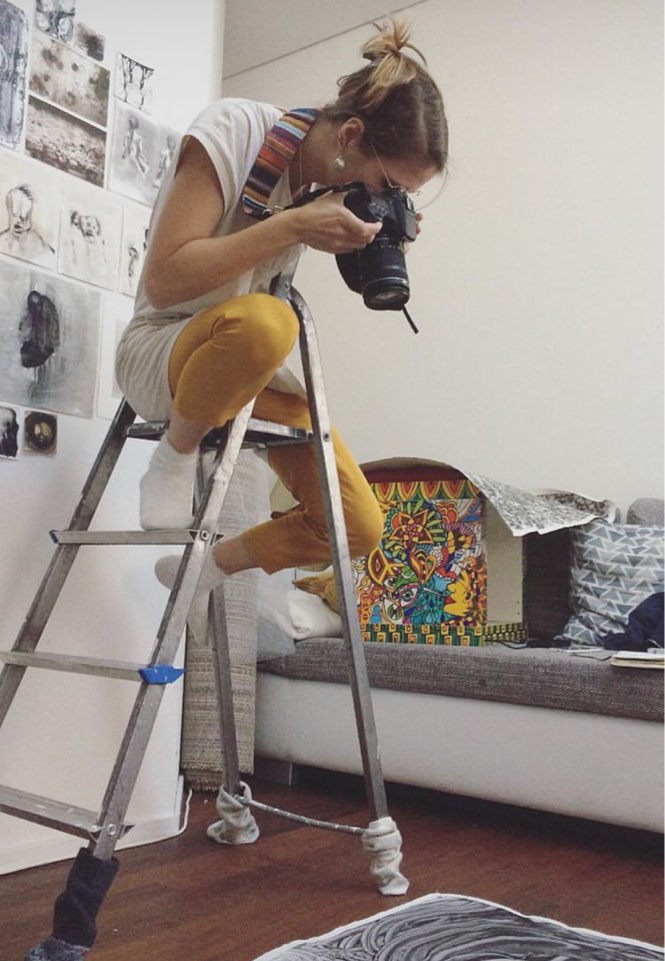
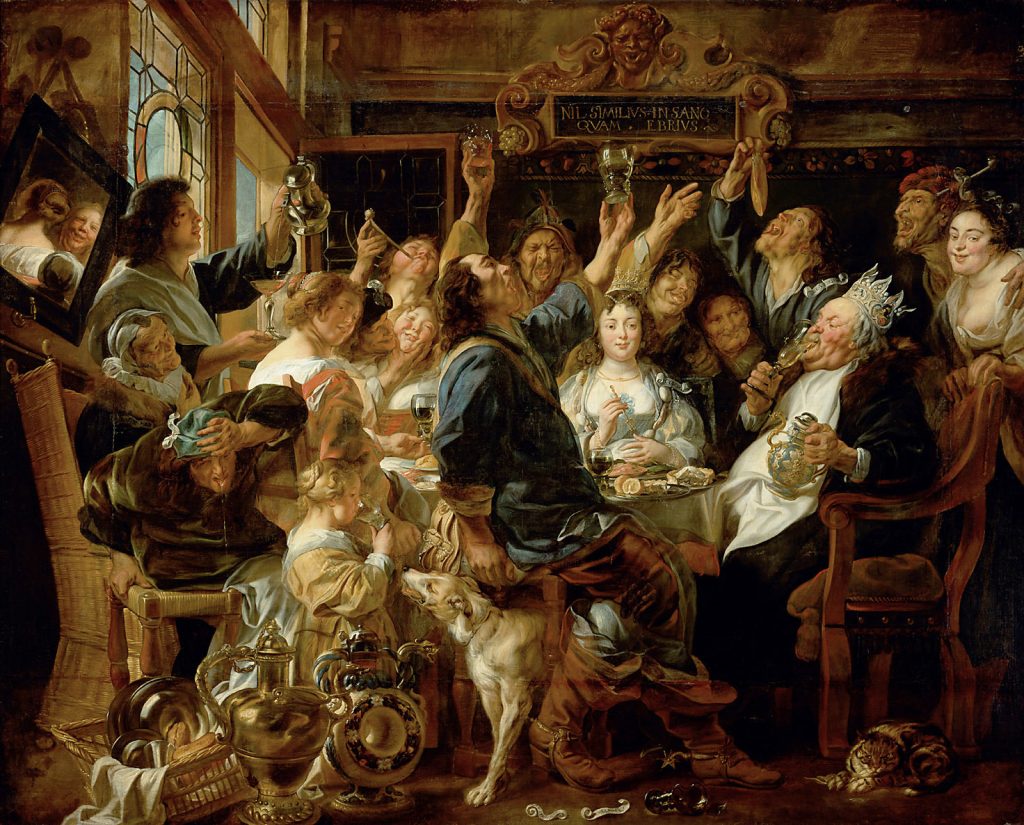
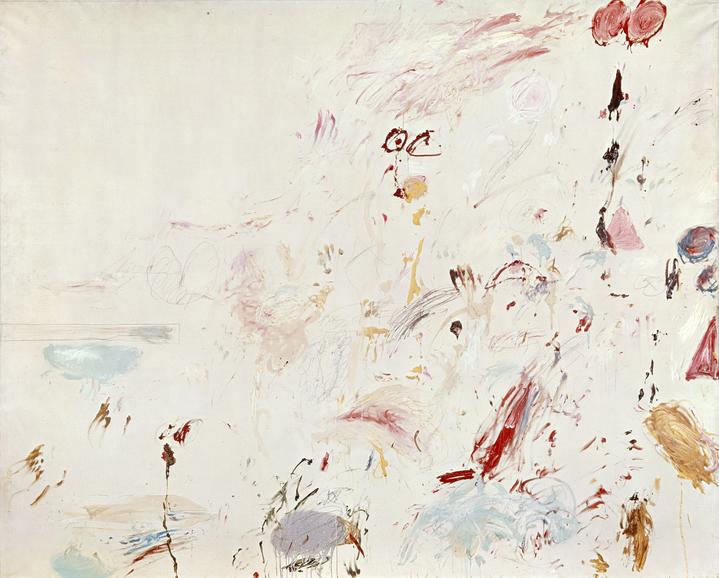
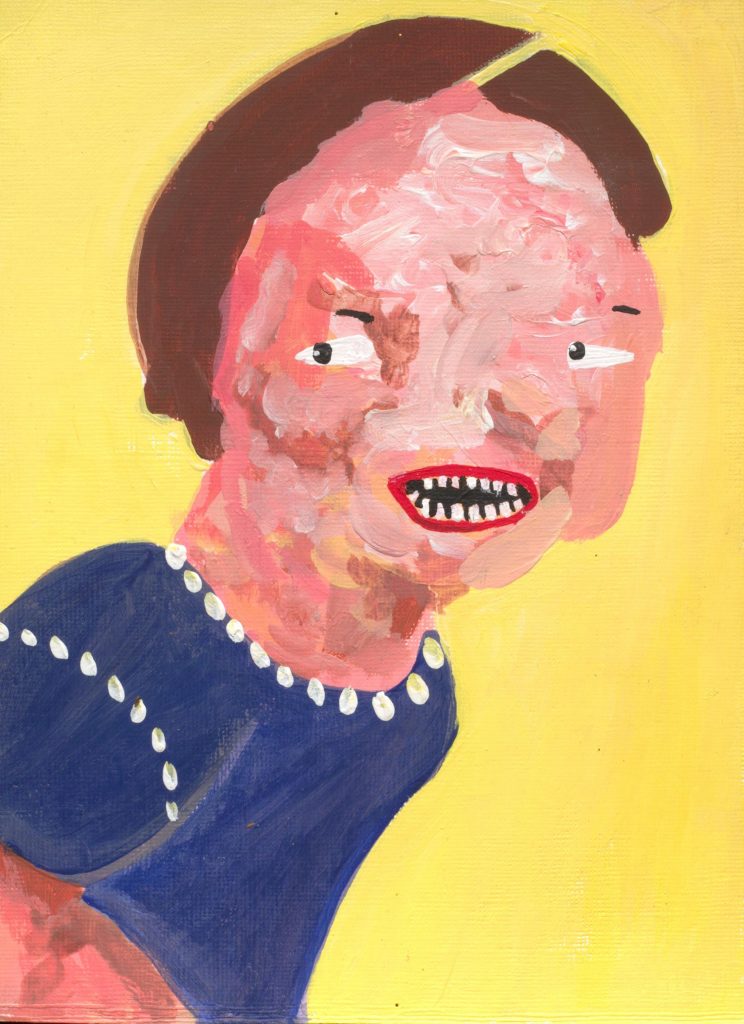
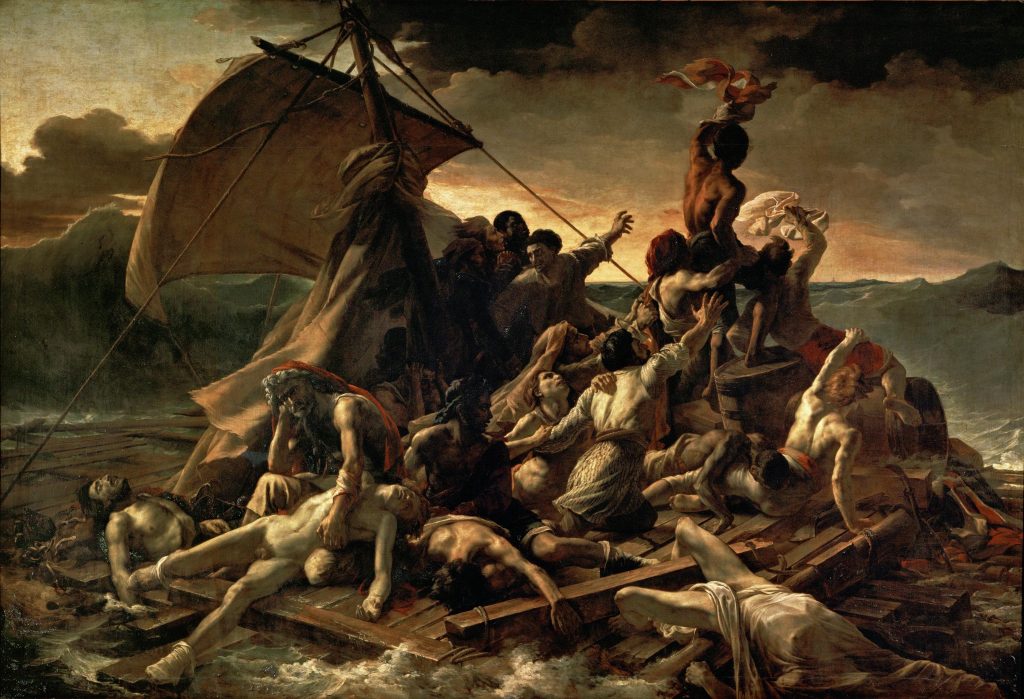
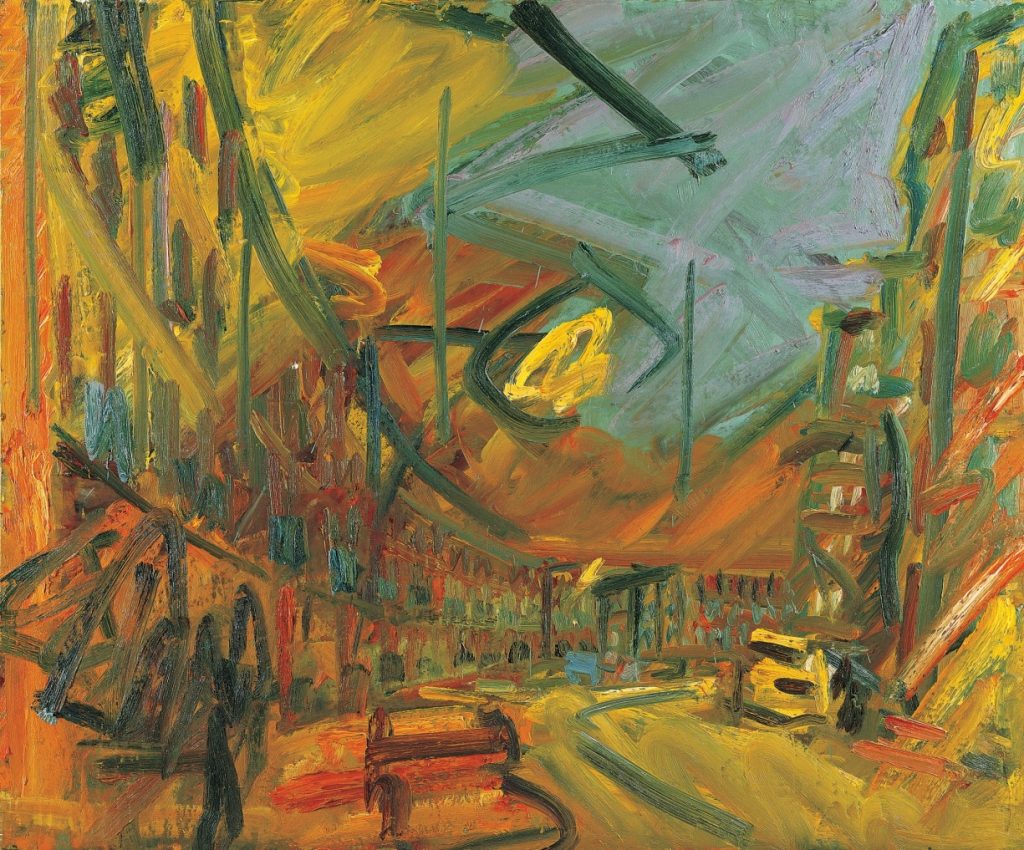
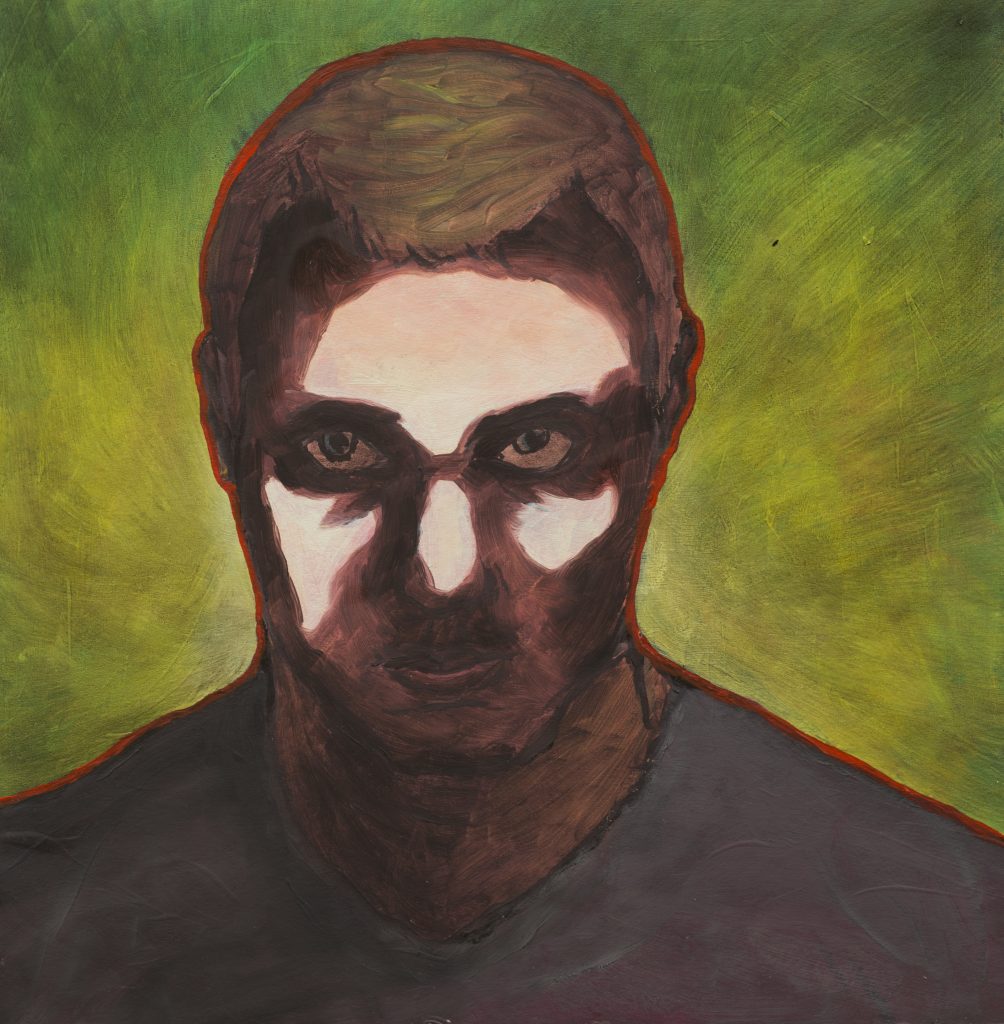
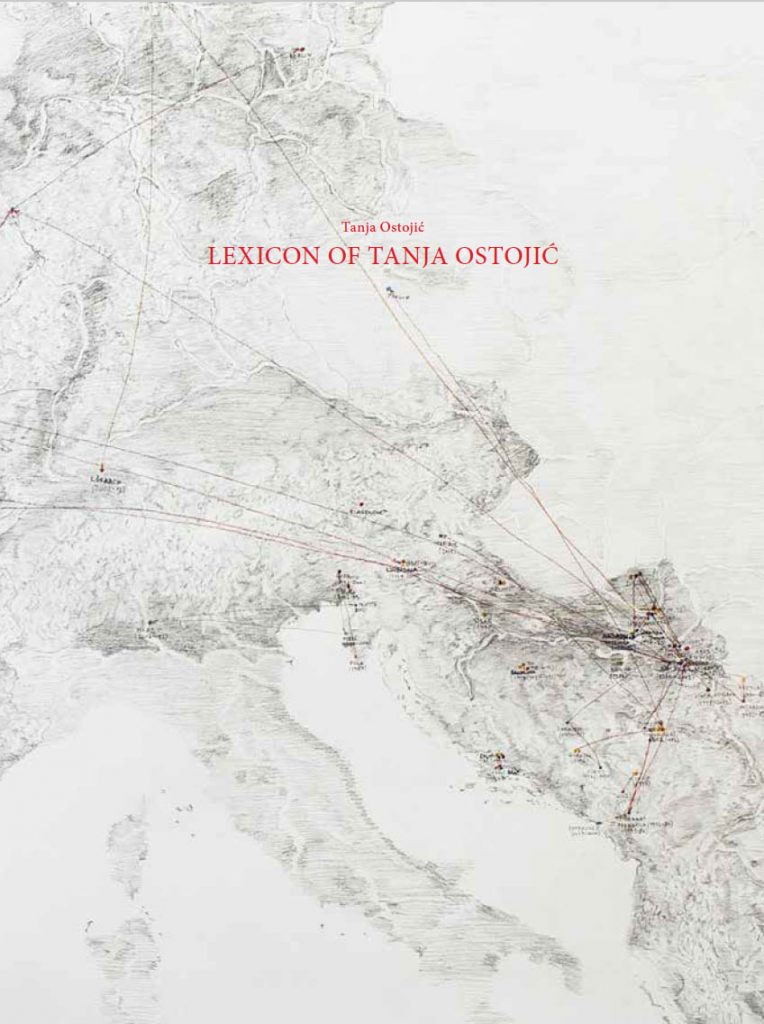
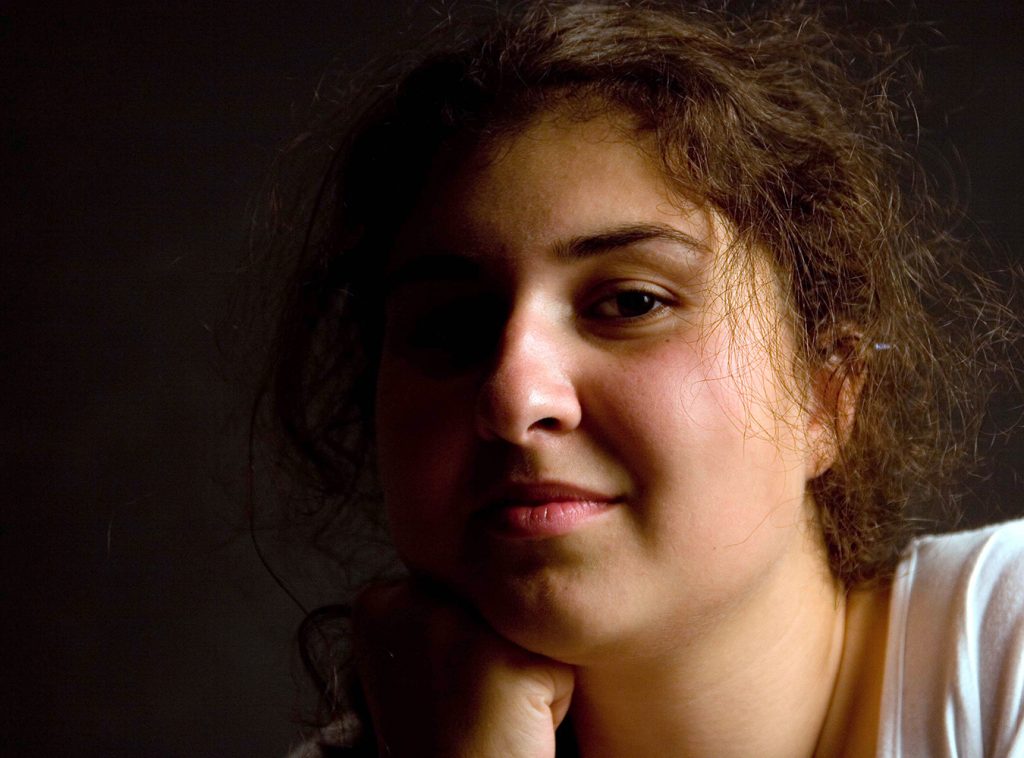
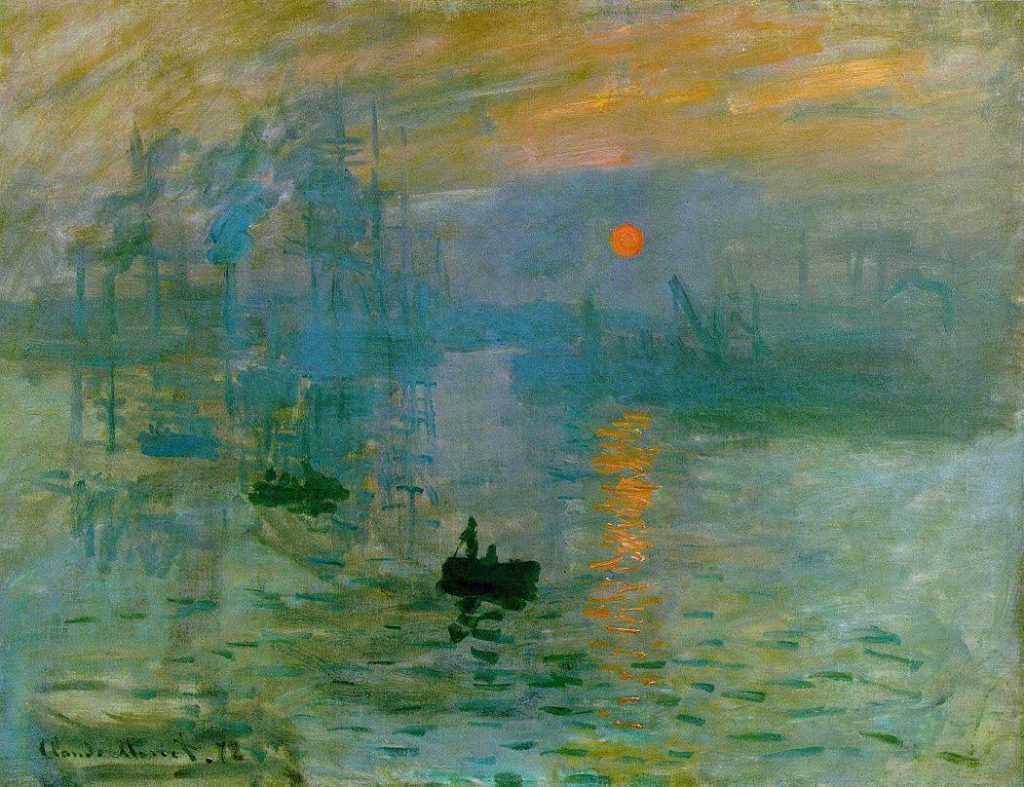
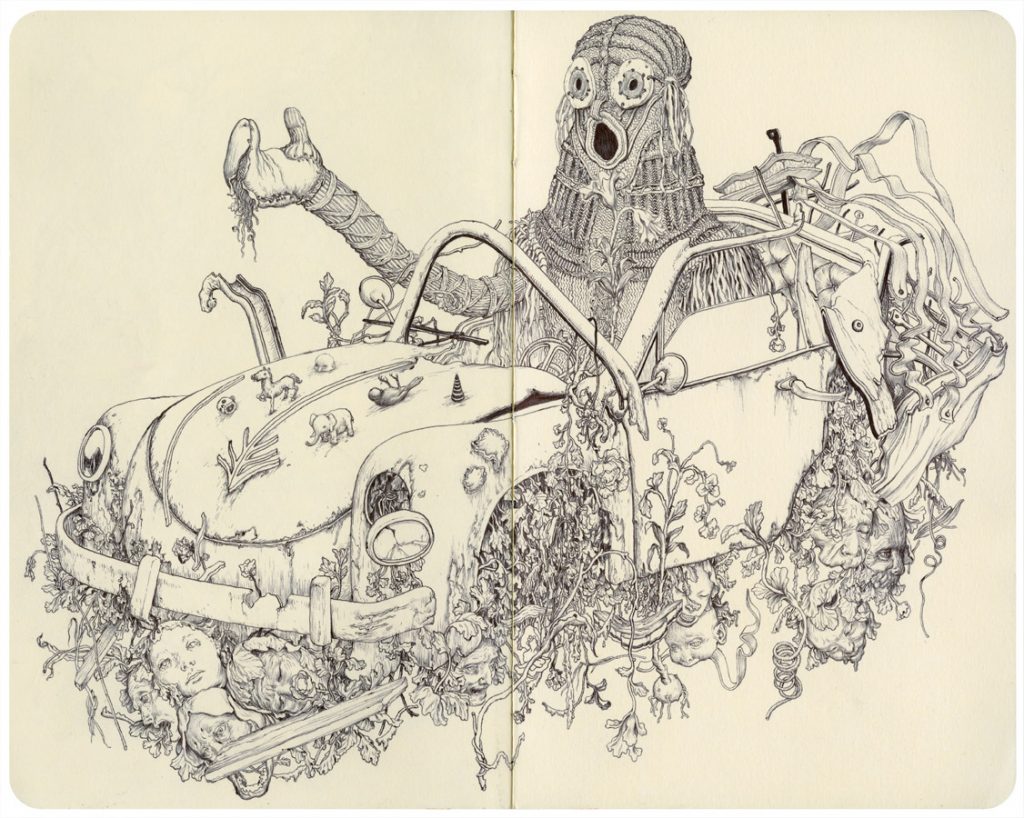
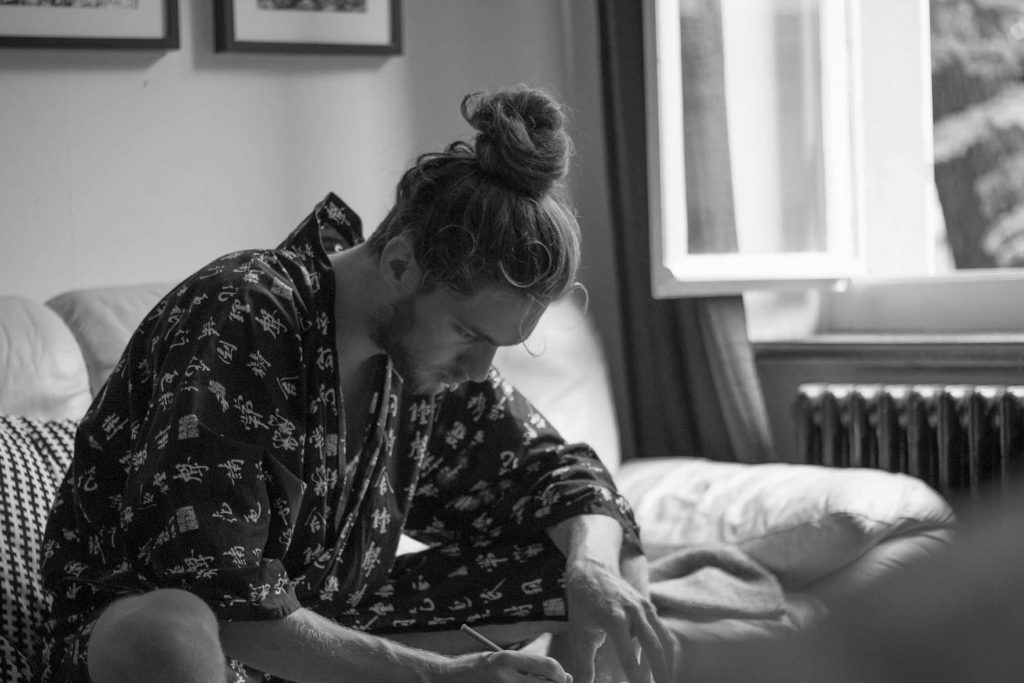
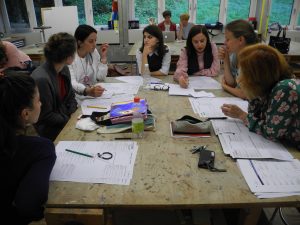
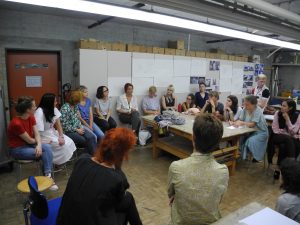
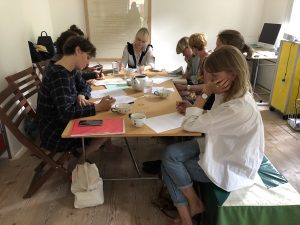
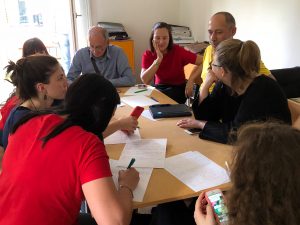
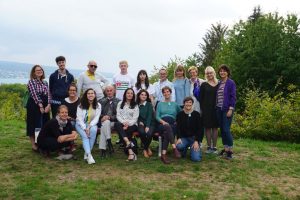
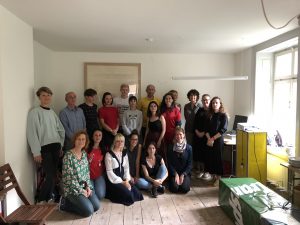
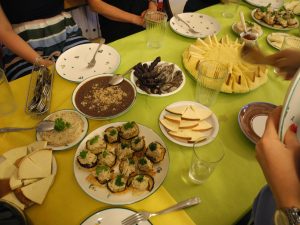
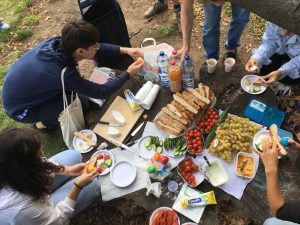
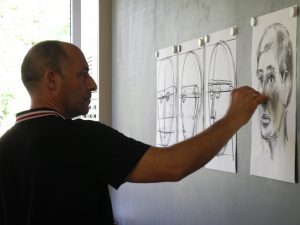
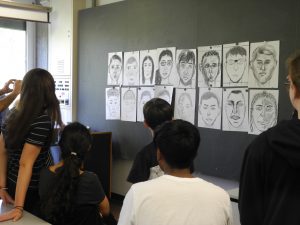
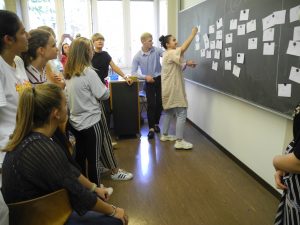 Group Nr. 1: Portraits
Group Nr. 1: Portraits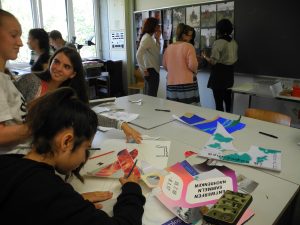
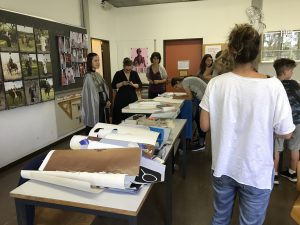
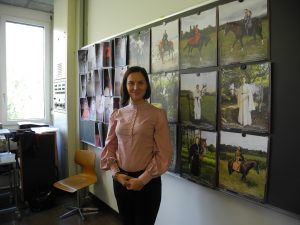 Group Nr. 2: Trad. & innovative dresses
Group Nr. 2: Trad. & innovative dresses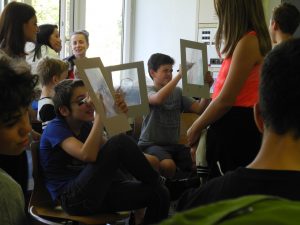
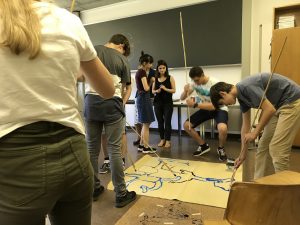
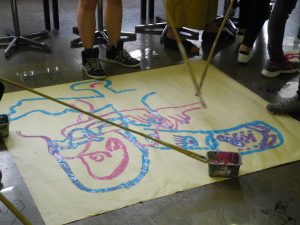 Group Nr.3: From small to large
Group Nr.3: From small to large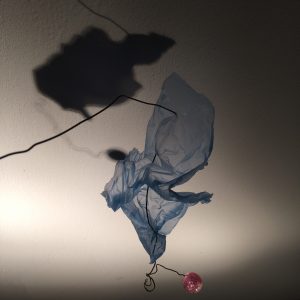
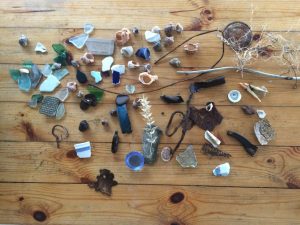
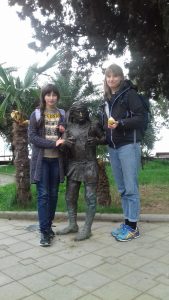
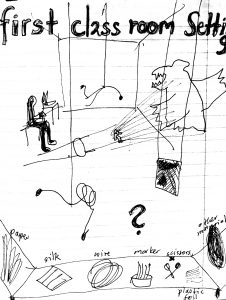
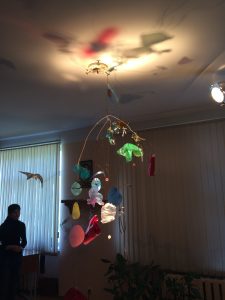
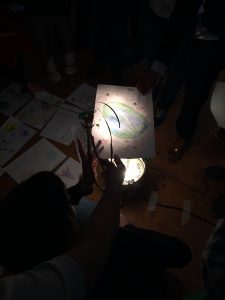
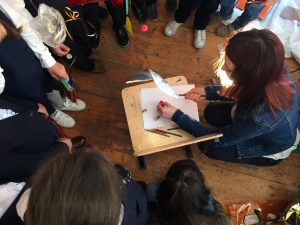
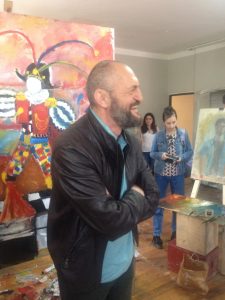 Painting Department, Art College, Sukhum/i
Painting Department, Art College, Sukhum/i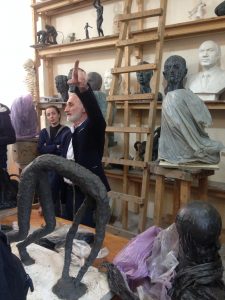 Sculpture Departement, Art College, Sukhum/i
Sculpture Departement, Art College, Sukhum/i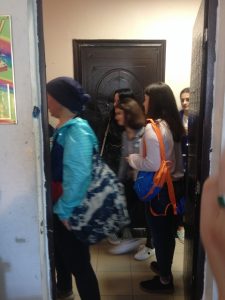 Art Academy Suchum/i
Art Academy Suchum/i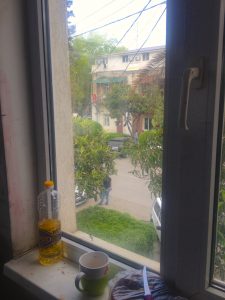 View form Sukhum/i’s Art College
View form Sukhum/i’s Art College